It’s easy to forget that a plethora of passenger trains over the years carried the names of individuals who helped shape the United States history in various ways. Amtrak has kept the tradition alive with a few names retained from previous incarnations while introducing newcomers such as the Carl Sandburg and Ethan Allen Express. From indigenous Americans to U.S. presidents, here are 10 recognized passenger trains [famous and infamous] named after real-life people … and a horse.
Abraham Lincoln
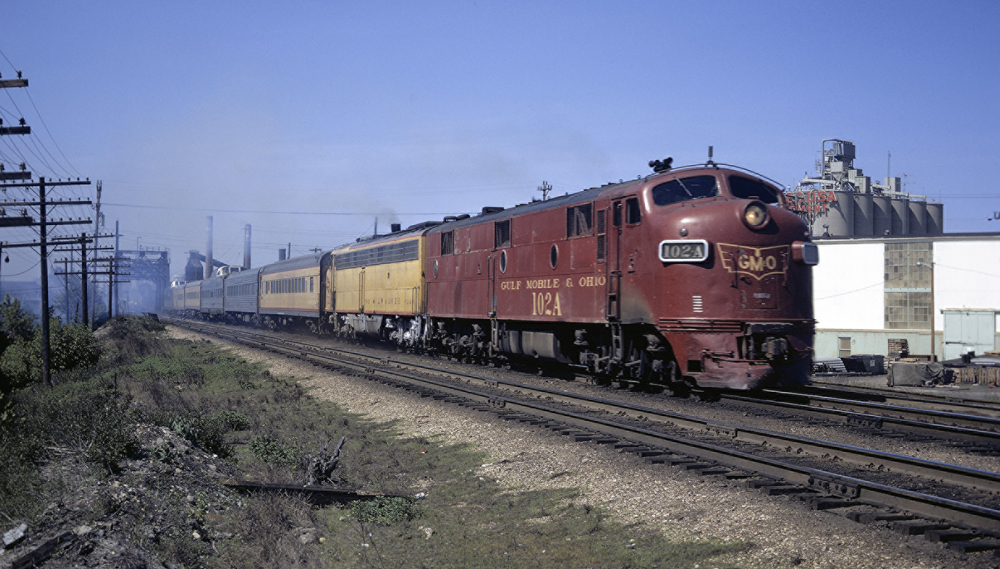
Chicago-St. Louis: The Baltimore & Ohio Railroad was “thinking Lincoln” in 1935 when streamlining its Chicago-St. Louis trains along its subsidiary Chicago & Alton. The Abraham Lincoln name was fitting, as the new train stopped at the 16th president’s hometown of Springfield, Ill. Even after the Alton was sold to the Gulf, Mobile & Ohio Railroad on May 31, 1947, the name was kept, with the service continuing until 1971, when the GM&O relinquished passenger operations to Amtrak.
The Abraham Lincoln held on for seven more years after that, even seeing a brief expansion to Milwaukee. The name was eventually replaced, although it returned, to a degree, in 2006 when Amtrak branded its Chicago-St. Louis route as Lincoln Service.
Empire Builder (James J. Hill)
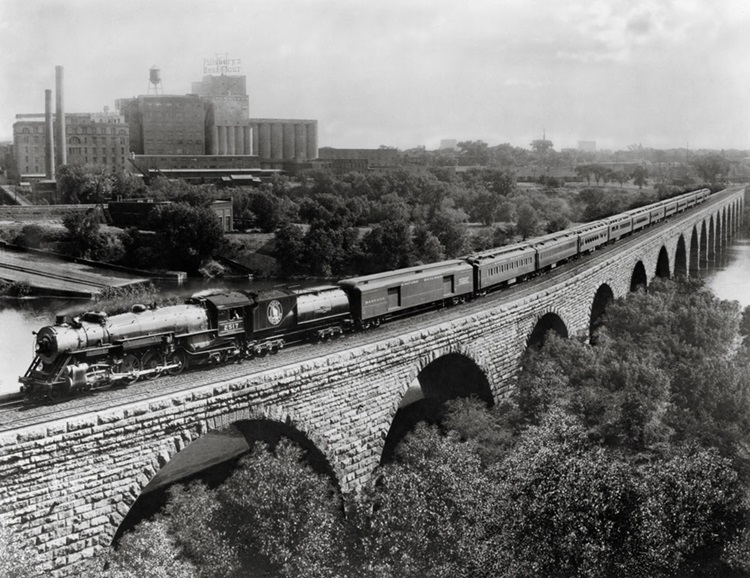
GN photo
Chicago-Seattle/Portland, Ore.: The legacy of the Great Northern Railway will forever be linked to the Empire Builder himself, James J. Hill. The tycoon was nicknamed for his accomplishment in transforming the failing St. Paul, Minneapolis & Manitoba Railway into the successful GN and expanding from the Twin Cities to the Pacific Northwest. When it came time to launch a new passenger train between Chicago and Seattle in 1929, the GN paid tribute to Hill.
From a luxury heavyweight train to a prestigious streamliner, the Empire Builder remained the Great Northern’s flagship until the merger into Burlington Northern in 1970. The name was reduced to a combination train with the North Coast Limited and Afternoon Zephyr between Chicago and St Paul/Minneapolis. Tradition prevailed in 1971 when the Empire Builder name returned for Amtrak’s initial Chicago-Seattle routing, and has remained that way ever since.
George Washington
Washington, D.C.-Cincinnati: The Great Depression didn’t really slow down the Chesapeake & Ohio Railway due to its healthy coal traffic, and by 1932 the C&O decided to name a new flagship passenger train. With “George Washington’s Railroad” long established as a nickname for the C&O. — in addition to that year being the bicentennial of the first president’s birthday — the decision for a train name was a no brainer.
Introduced on April 24, the George Washington initially used rebuilt heavyweight cars equipped with air conditioning – an innovation at the time. An added touch: every sleeping car and every room in them was named after a person in Washington’s life. Over time, the train would be re-equipped as a diesel-powered streamliner. The George Washington saw service up to the transition to Amtrak, but eventually morphed into what became today’s New York-Chicago Cardinal.
Hiawathas
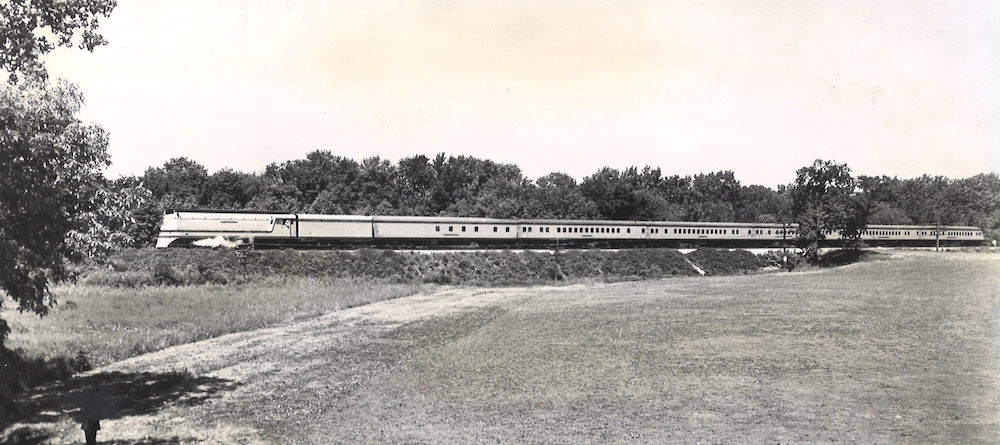
As a strong competitor in the Chicago-Twin Cities passenger corridor — and looking for ways to pull itself out of the Depression —the Chicago, Milwaukee, St. Paul & Pacific Railroad (Milwaukee Road) in 1935 turned to speed and streamlining. The name “Hiawatha” was inspired by the Native American hero in Henry Wadsworth Longfellow’s poem, who outran an arrow. The Hiawatha was launched May 29, 1935, later renamed Twin Cities Hiawatha, and became a sensation.
The Hiawatha name and brand expanded to four additional services. The postwar Olympian Hiawatha became the most noteworthy, traversing the railroad’s Pacific Extension from Chicago to Seattle and Tacoma, Wash., with memorable equipment styled by industrial designer Brooks Stevens. Today, Amtrak’s Hiawatha Service sprints between Chicago and Milwaukee as the shortest yet one of the most successful services in the passenger carrier’s network.
Kate Shelley 400
Chicago-Boone, Iowa: Some might be surprised to find this train on the list due to its extremely short lifespan. However, it is significant, as it symbolizes the effort by Chicago & North Western to fill the void left by Union Pacific when UP moved its Omaha-Chicago streamliners over to partner Milwaukee Road in 1955. C&NW launched its new streamliner in October to keep intact its passenger service on its Omaha-Chicago route.
The name combined the railroad’s popular 400-brand name with a tribute to a bona fide heroine of the Boone area, Kate Shelley, who helped prevent a passenger train from being washed away in a flood in July 1881. The train didn’t last long, reduced to service in 1956 only as far west as Cedar Rapids, then again cut back to Clinton, Iowa, in 1957. The name was eventually dropped in 1963, leaving the train a coach-only service until 1971.
Mark Twain Zephyr
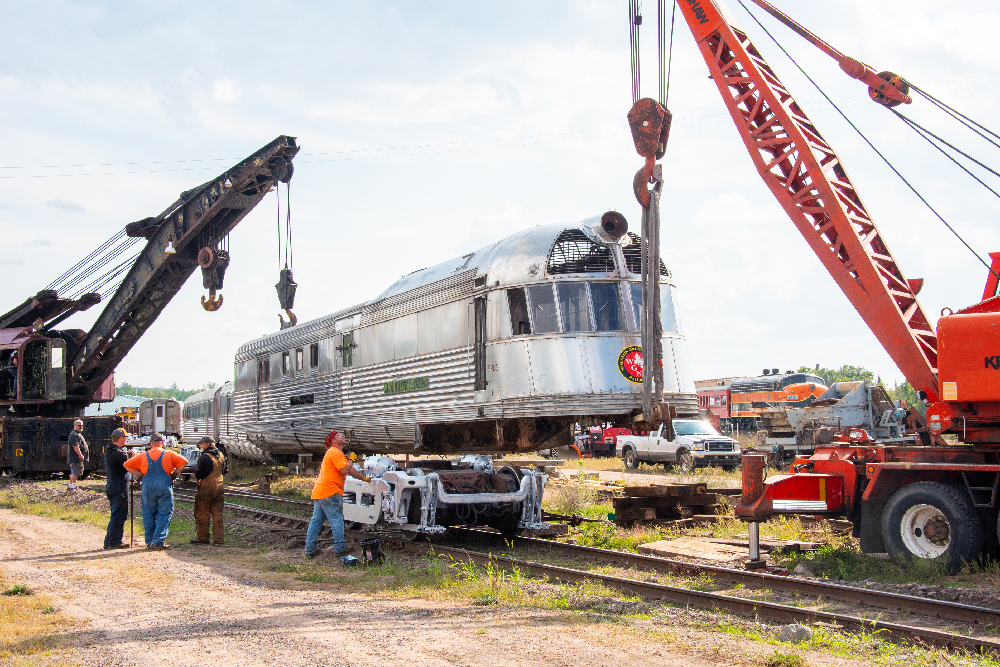
Wisconsin Great Northern Railroad’s Mark Twain Zephyr power unit “Injun Joe” is placed on its new power truck as crane operators take direction from operations manager Nick Turinetti, in Trego Wisconsin on Monday, 11 September 2023. Monday was a monumental day in the restoration of the train
Steve Smedley
St. Louis-Burlington, Iowa: Built in October 1935 as the fourth Zephyr by the Budd Co., this four-car trainset was assigned by the Chicago, Burlington & Quincy to the St. Louis-Burlington (Iowa) route. It would also pass through Hannibal, Mo., the hometown of author Mark Twain, whose birth centennial was being celebrated that year, thus the christening of the train as the Mark Twain Zephyr. It also started the CB&Q’s trend of naming individual passenger cars for characters from two Twain novels: The Adventures of Tom Sawyer and The Adventures of Huckleberry Finn.
Although re-assigned from time to time, the Mark Twain Zephyr spent most of its career on its original route and was retired from service in April 1958. The following six decades weren’t kind to the articulated set. Multiple exchanges in ownership and attempts for restoration and repurposing left the train a battered shell. Since 2020 the train has been under restoration for eventual operation at its new home on the Wisconsin Great Northern Railroad in Trego, Wis.
Pere Marquette
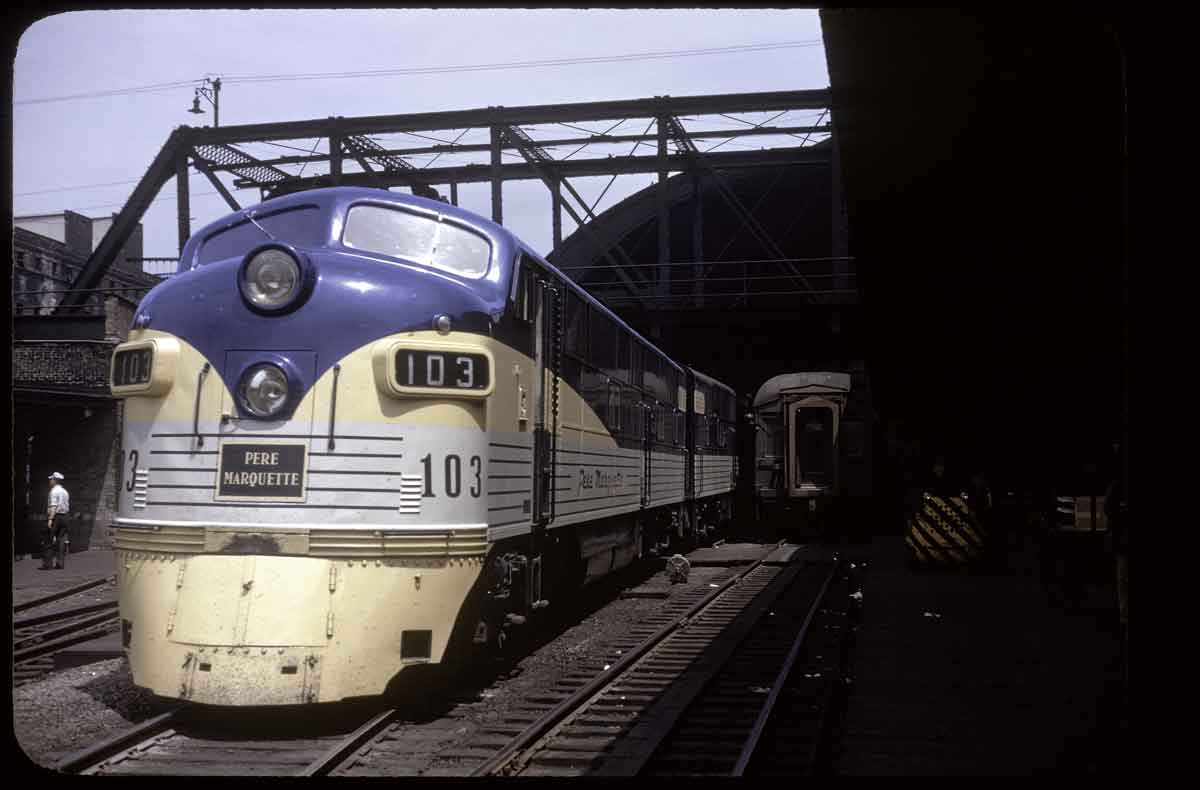
Detroit-Grand Rapids-Chicago: At the end of World War II, financier Robert R. Young looked to spiff up the various Van Sweringen railroads he had acquired with new passenger trains. The Pere Marquette Railway, his smallest holding, became first on the docket with arguably the first U.S. postwar streamliner. With a paint scheme inspired by the University of Michigan’s maize and blue, and named after for the railroad’s namesake Jacques Marquette – the French Jesuit missionary and explorer of the Great Lakes region – the Pere Marquette began service on Aug. 10, 1946, between Detroit and Grand Rapids.
When Chesapeake & Ohio Railway acquired PM in 1947, it extended Pere Marquette streamliner service to Chicago. The train’s colors were also adapted by the C&O, with the previously mentioned George Washington receiving the treatment. The Pere Marquette survived to the end of PM passenger service on May 1, 1971, Amtrak’s inauguration. It wouldn’t return until Aug. 5, 1984, when Amtrak re-instituted Chicago-Grand Rapids service.
Pocahontas
Norfolk, Va.-Cincinnati: The train’s name originated in a contest, with “Pocahontas” being selected in honor of the famed Native American woman associated with the region’s Powhatan tribe. The overnight train traversed Norfolk & Western Railway’s vital Pocahontas Division between Norfolk and Cincinnati.
From its inception in 1926, the heavyweight Pocahontas was lauded as the N&W’s flagship, despite playing second fiddle in later years to the postwar Powhatan Arrow streamliner. In fact, the former outlived the latter by two years as the last passenger train operated by the railroad when it was discontinued in 1971. Its final run on the Roanoke, Va.-Norfolk section was pulled by Nickel Plate Road 2-8-4 steam locomotive No. 759.
Roger Williams
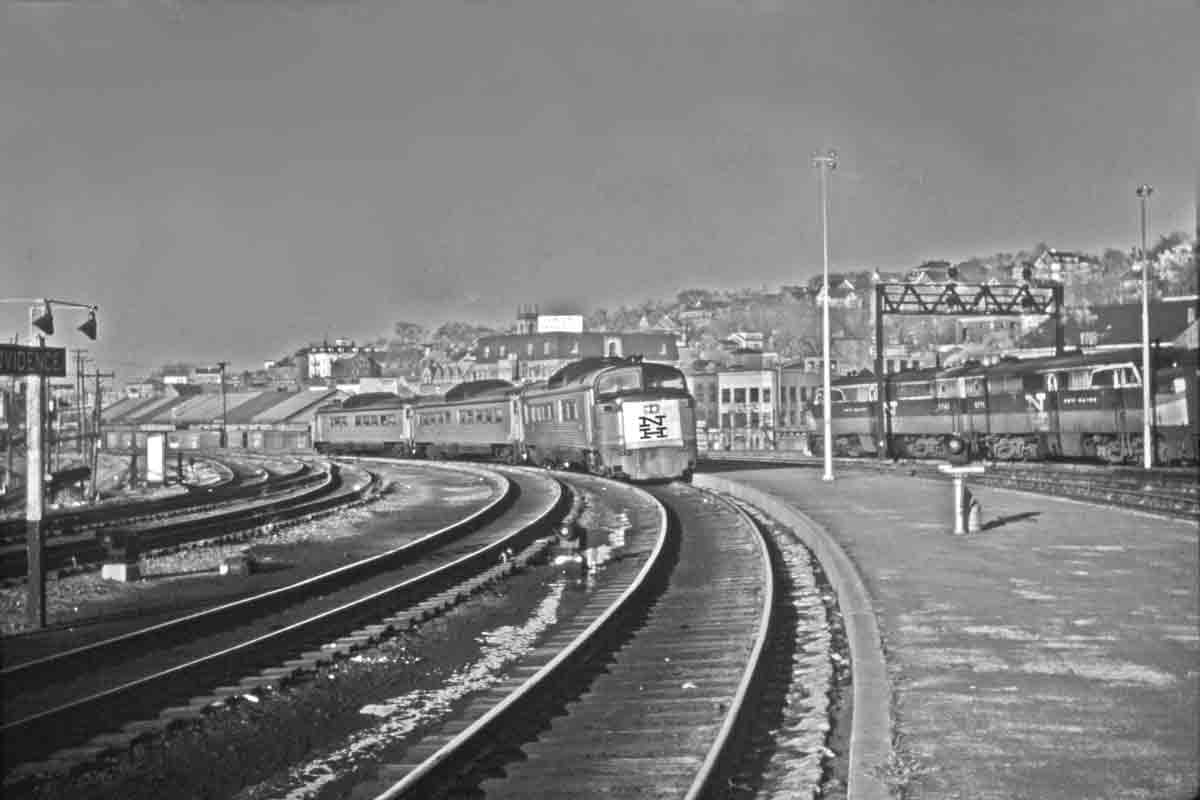
Boston-New York: The Rail Diesel Car (RDC) craze in the 1950s led the New York, New Haven & Hartford Railroad under President Patrick B. McGinnis to experiment with the Budd-built equipment, resulting in 1957’s six-car trainset of modified RDCs with a locomotive-style cab at each end. The goal was to bring back ridership with a train that offered high speed and low maintenance.
Named for one of New England’s famous Puritan ministers and colonists, the Roger Williams was unusual for its aesthetics as well as its dual-mode capabilities for using third-rail power into Grand Central Terminal. It wasn’t long before the trainset was eventually split up and its cars blended in with the remainder of New Haven’s large RDC fleet, mostly in Boston-area commuter service. The two cab cars and one intermediate car survived into Amtrak with the two cabs remaining in service until 1981. All three reside at the Berkshire Scenic Railway Museum in Lenox, Mass.
Nancy Hanks and Nancy Hanks II
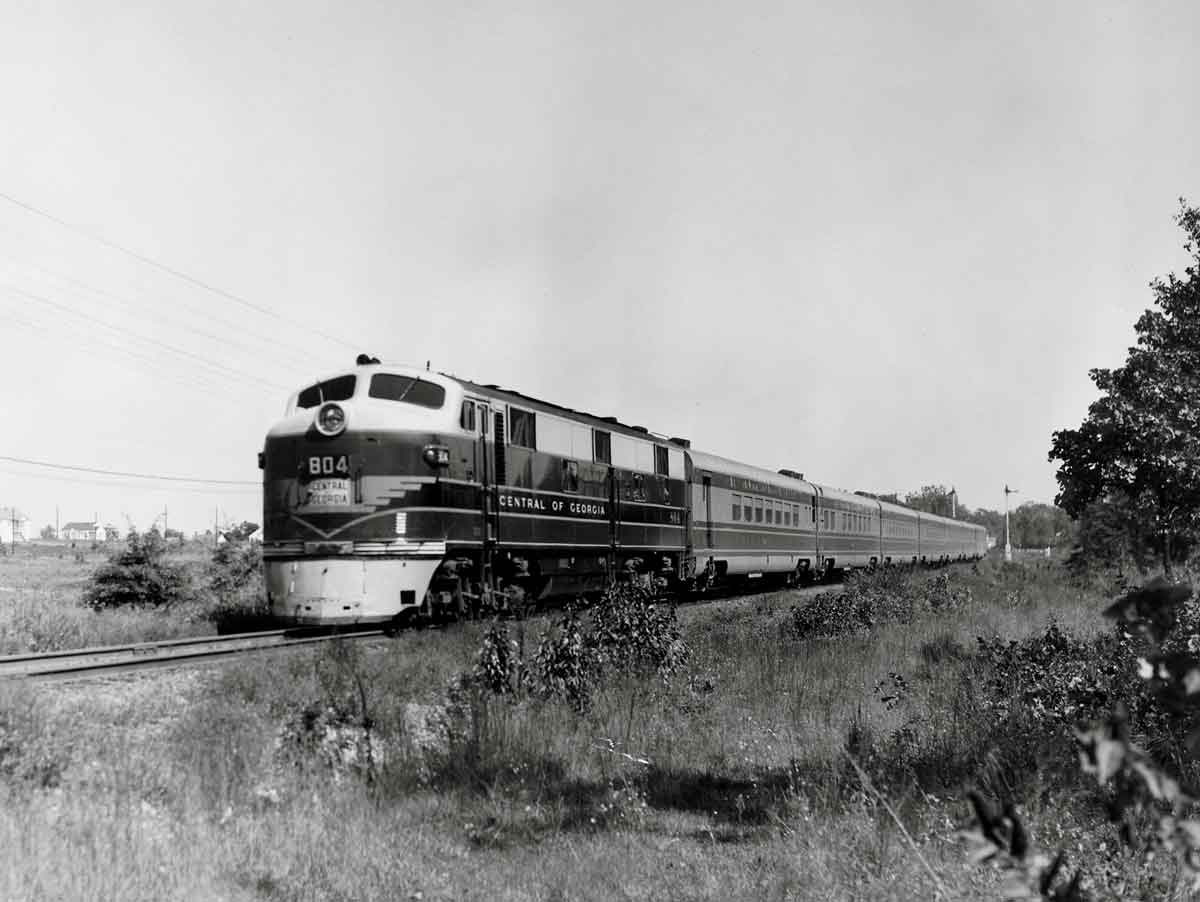
Atlanta-Savannah, Ga.: When the Central of Georgia Railroad fell into receivership by 1892, Hugh M. Comer and general superintendent George D. Wadley placed their bets on a quick, new service between Atlanta and Savannah. Inspired by the record-breaking trotting horse named for the mother of Abraham Lincoln, both men christened the new train in October of that year as the Nancy Hanks. The train’s lifespan was also short, as the name was dropped on Aug. 18, 1893, and the schedule slowed.
Romanticized by a popular song and with the CofG looking to tap into the postwar travel boom, the Nancy Hanks name and service was given a second chance on July 7, 1947. The Nancy Hanks II was christened as a four-car deluxe streamliner that would retrace its predecessor’s route and overall speed. Unlike the first go-round, the name held up until 1971, when the CofG elected to end passenger operations. The Nancy Hanks II never made it to Amtrak, making its final gallop on April 30, 1971, behind Savannah & Atlanta 4-6-2 No. 750.





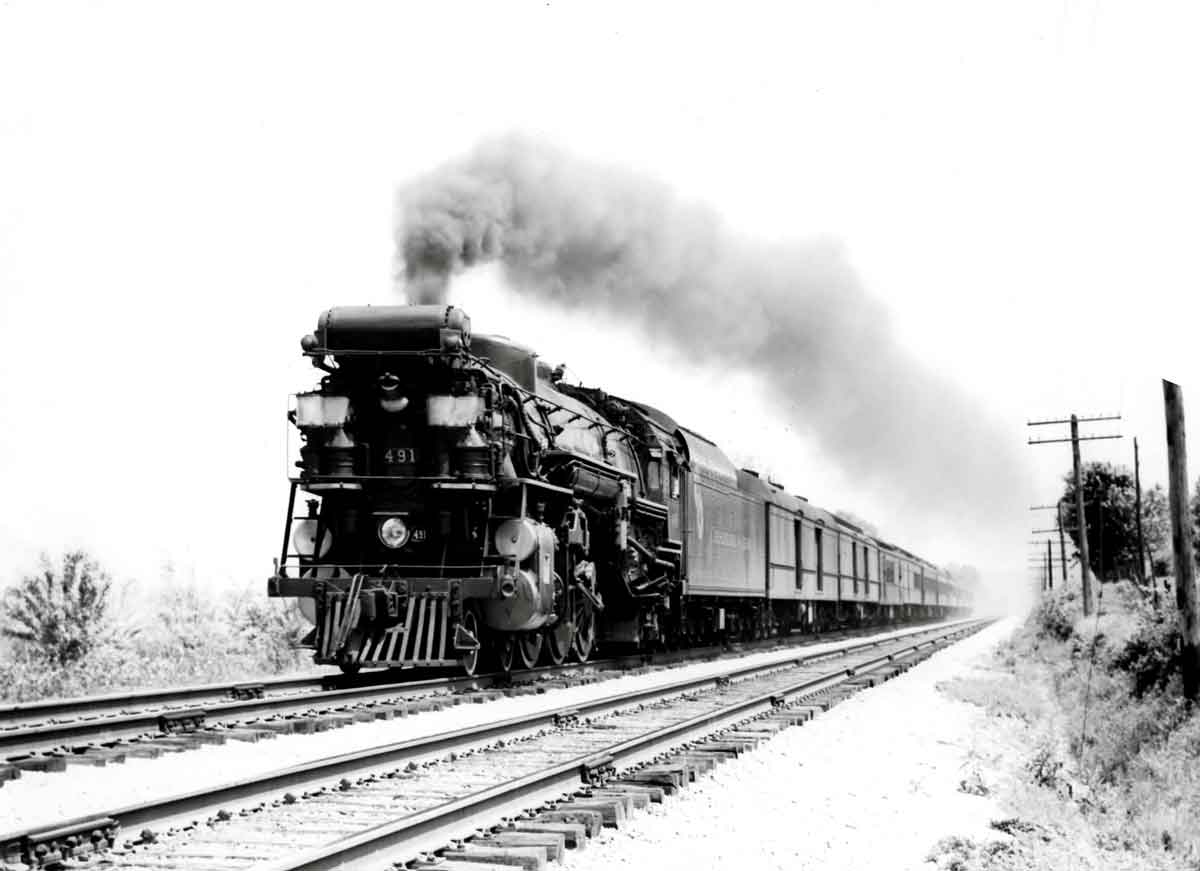

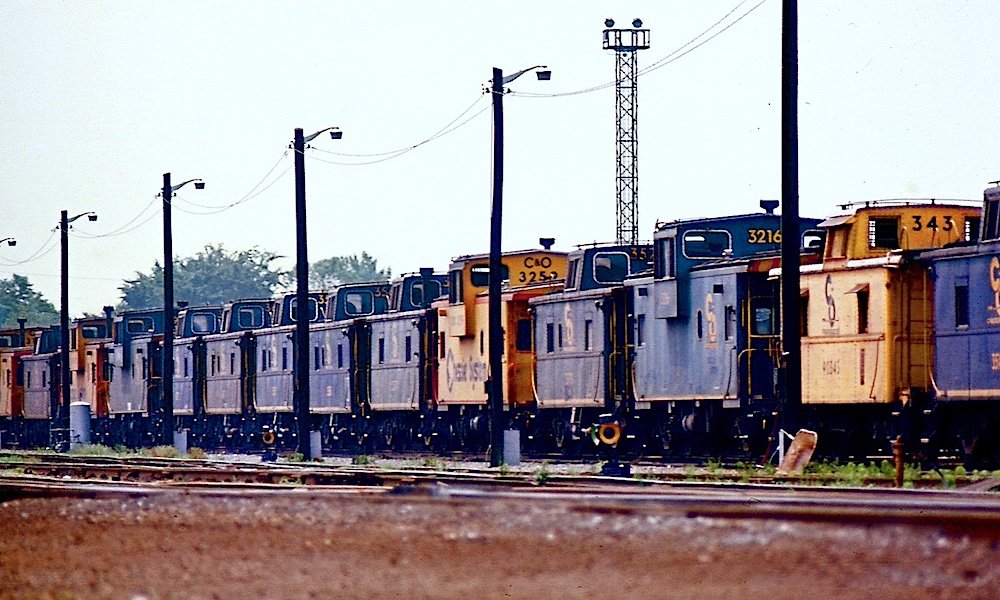
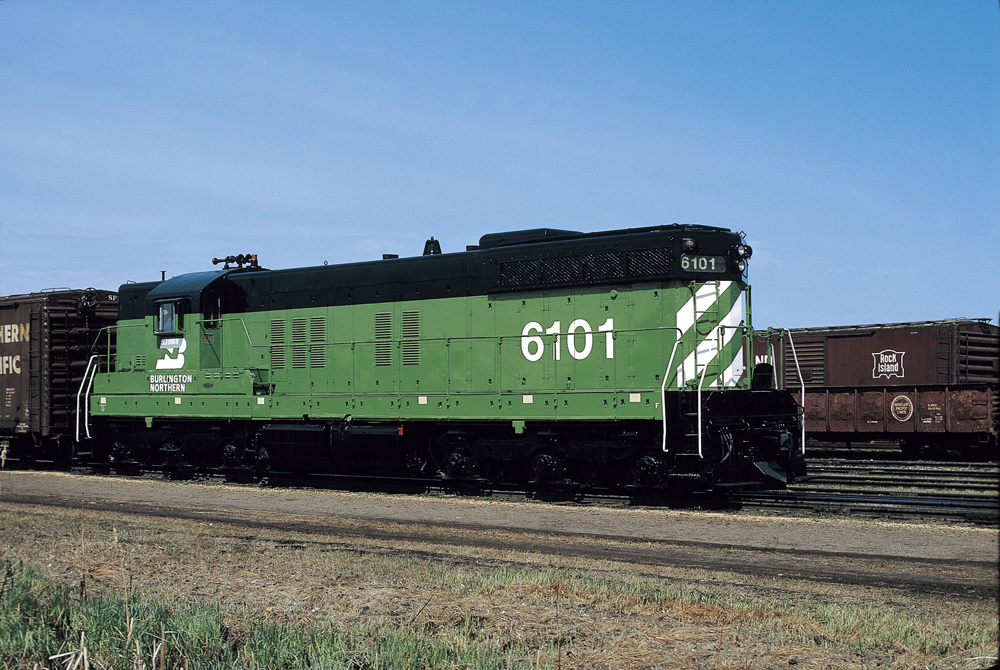
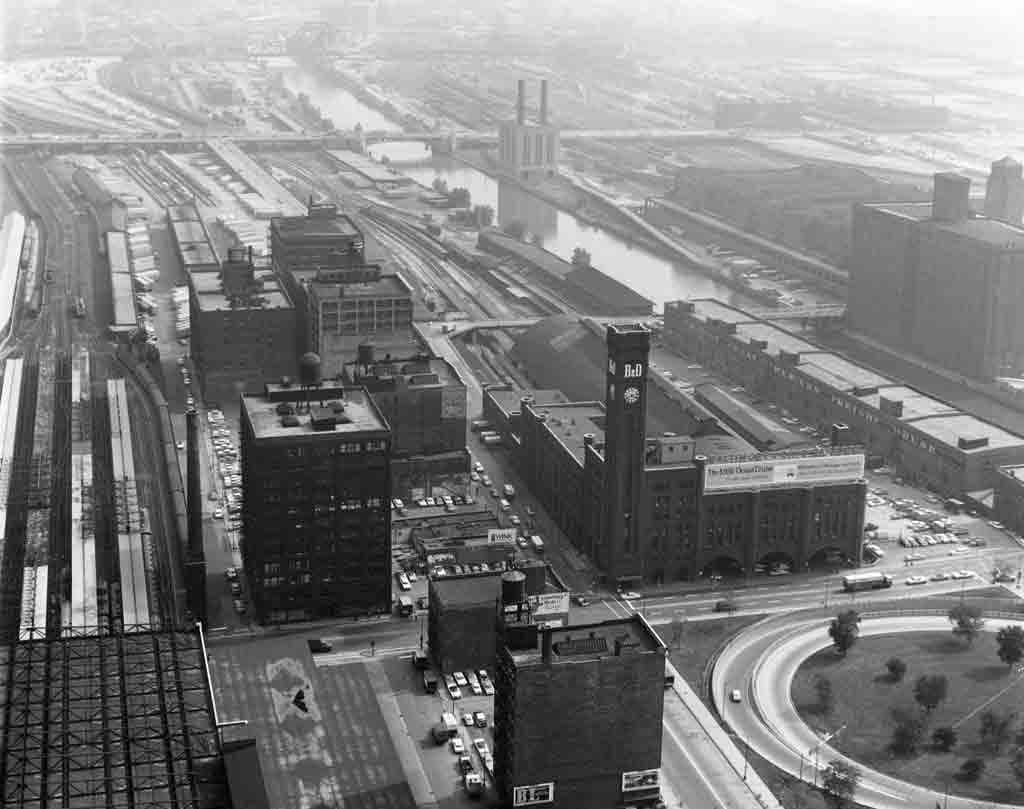
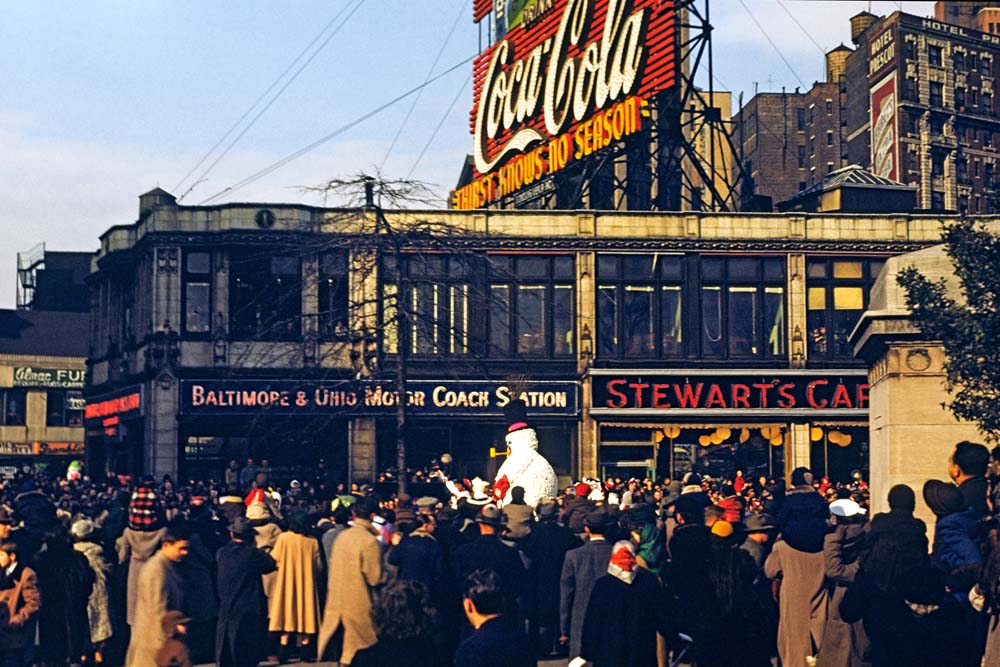



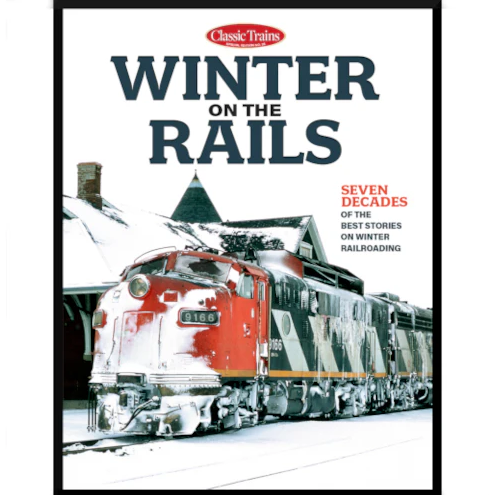
Thanks for including the Kate Shelley, which ran through what was to become my back yard in eastern Iowa. We learned about Kate Shelley’s heroism in Iowa History class in grade school.
Let’s not forget the Irvin S. Cobb, which Illinois Central ran between Louisville, Kentucky and Memphis from 1949-1955. It was named in honor of regionally-beloved humorist Irvin S. Cobb.